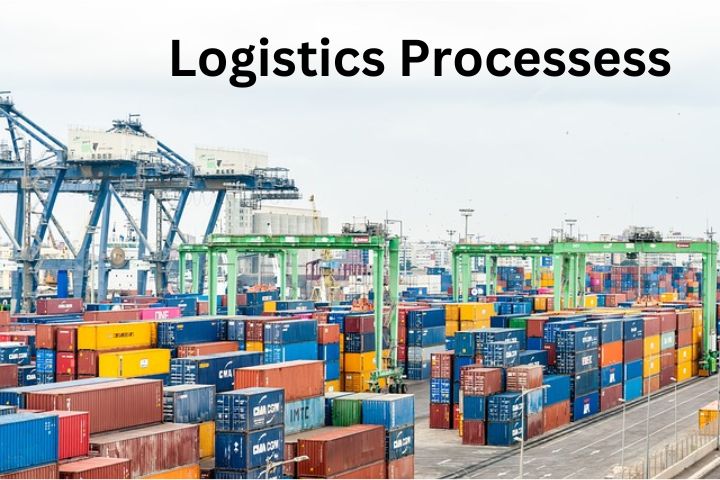
Efficiency optimization is essential for the competitiveness of companies. Greater efficiency is increasingly being achieved through automation. But which should companies be concerned with – robotic process automation (RPA) or intelligent process automation (IPA)? Both are because the advantages of these technologies are more than convincing.
RPA is already helping numerous companies in various industries complete many processes. This is because RPA tools perform tasks across business systems and applications like human workers. They are particularly well suited for repeatable, routine, rules-based tasks, such as accessing customer data from different business systems, checking a form for completeness, or processing an insurance application. They are therefore used, for example, to support call center operations, data migration, employee onboarding, scheduling, or expense management.
IPA builds on RPA and combines it with artificial intelligence. IPA mimics human actions and can also learn to perform them better. So, unlike RPA, IPA can understand context, learn, and iterate. IPA can process unstructured and structured data and supports a certain level of informed decision-making.
Robotic Process Automation benefits
Both technologies reduce labor costs, eliminate human error, and offer many other benefits, ranging from increased customer satisfaction and employee engagement to increased process speed, accuracy, and cost efficiency. These include, among others:
- Productivity: Software robots can complete tasks about five times faster than humans and work 24/7. Work gets done faster, freeing up capacity, lowering costs, and enabling faster growth.
- Accuracy: Robots are 100 percent accurate, 100 percent consistent, and 100 percent compliant. The more work they do, the fewer mistakes are made and the lower the cost of troubleshooting.
- Resource utilization: If robots do banal tasks, the employees can take care of tasks with higher added value. Additionally, a robotic workforce is fully scalable, allowing companies to respond to spikes or slumps in demand. This is good for customer service and makes the work of HR easier.
barriers to implementation
Introducing Robotic Process Automation or IPA solutions generates reasonable costs but involves some challenges many companies need help solving. More qualified employees are often needed for implementation; training or requalification for technology use is also difficult. In addition, there is often resistance on the part of the workforce to technologies that could lead to downsizing. Many companies also need help integrating into existing software landscapes and protection against cyber threats.
Support from experienced specialists
That’s why many companies looking to adopt RPA or IPA solutions rely on external partners who are experts in the field, such as DataStore and Dell EMC. They deal with the specific requirements and the company’s starting position, providing comprehensive advice and support at eye level in planning and implementation. With experience from numerous projects in various industries, they can propose and implement solutions to achieve the company’s goals in the best possible way.
Better sooner than too late
It is becoming apparent that companies that rely on automation technology as early as possible will develop a lead that will take more work to catch up later. It is therefore important to deal with these topics quickly, to determine which technology is right for your company, and to use the advantages as quickly as possible.









